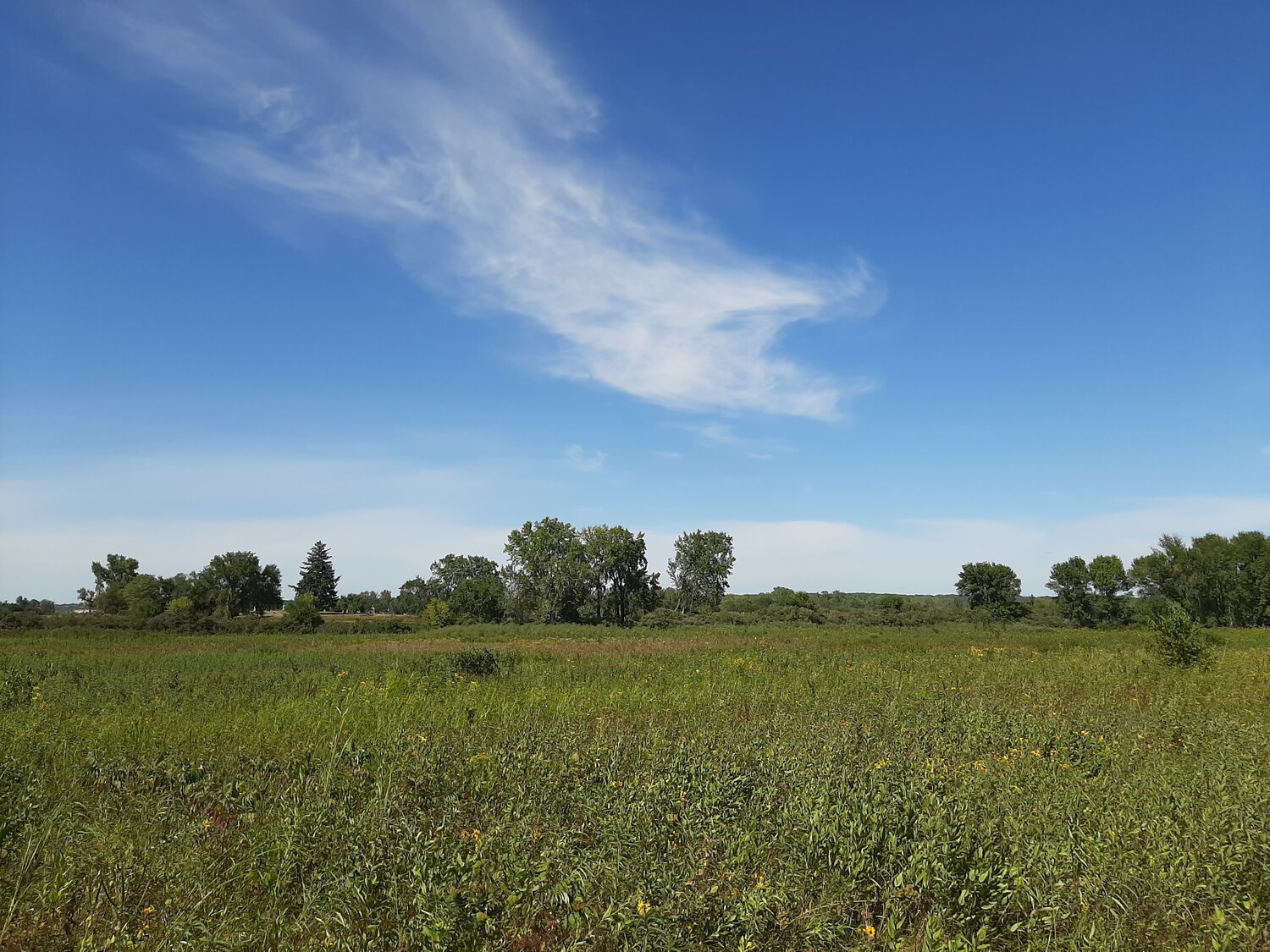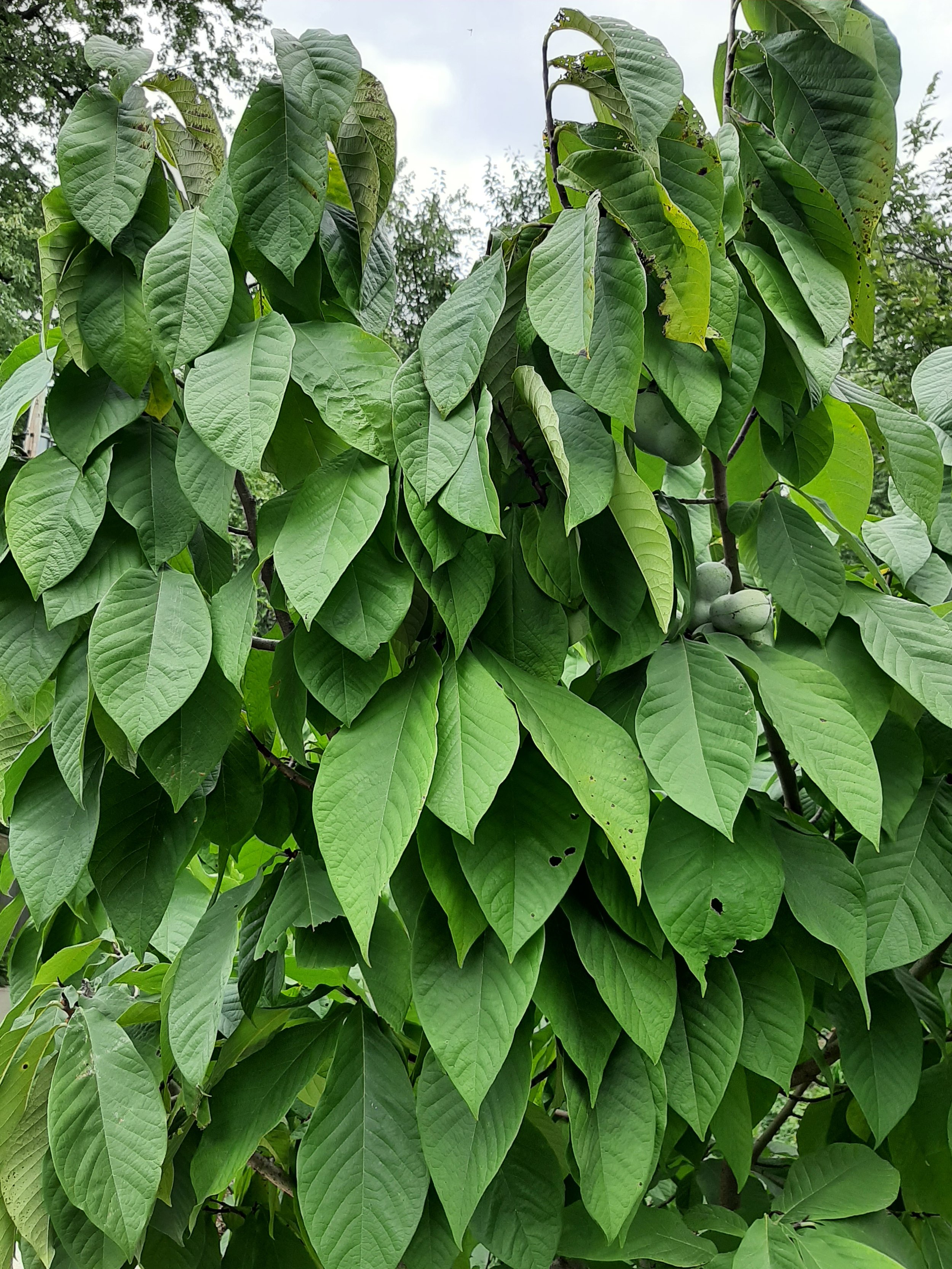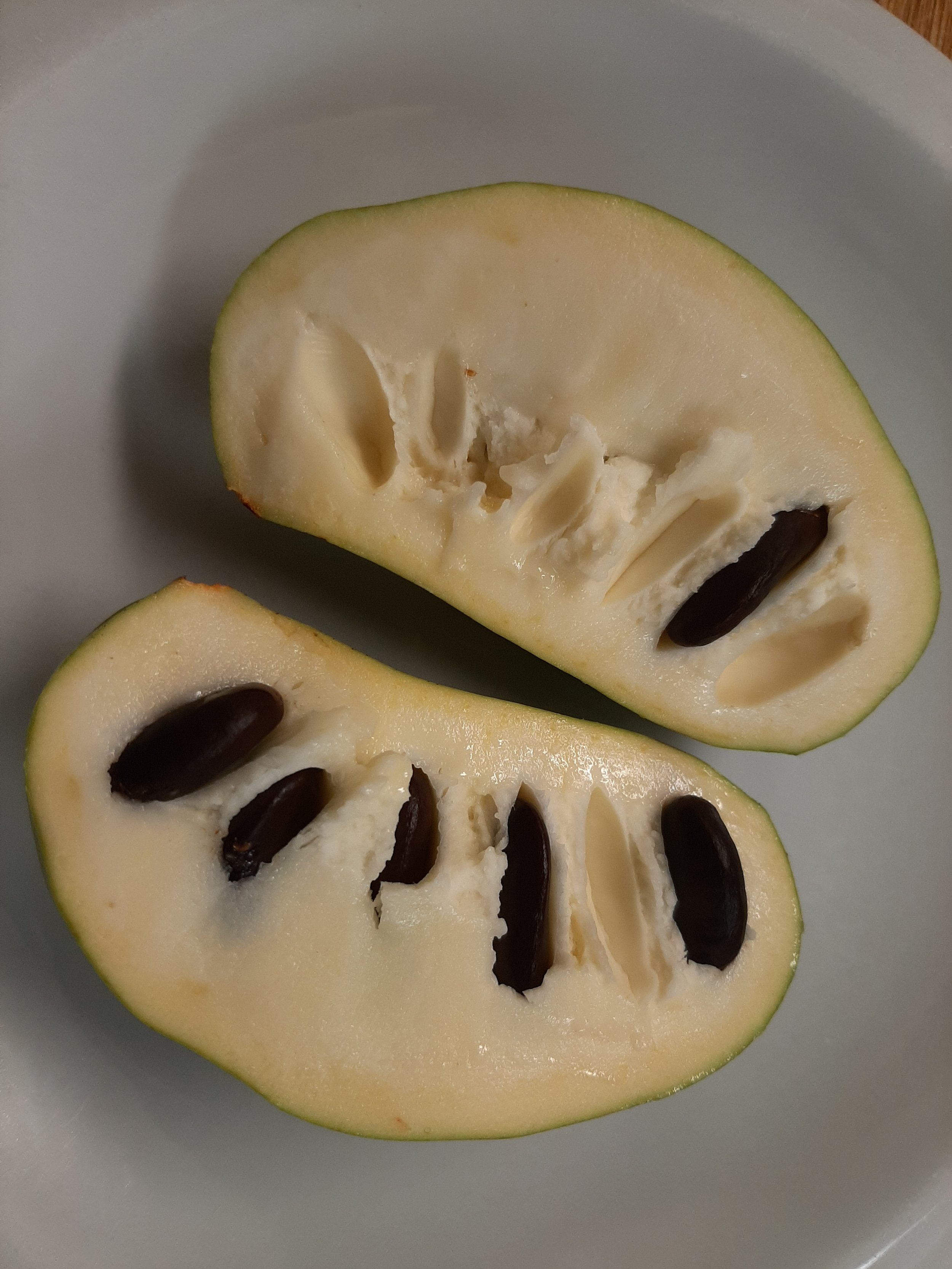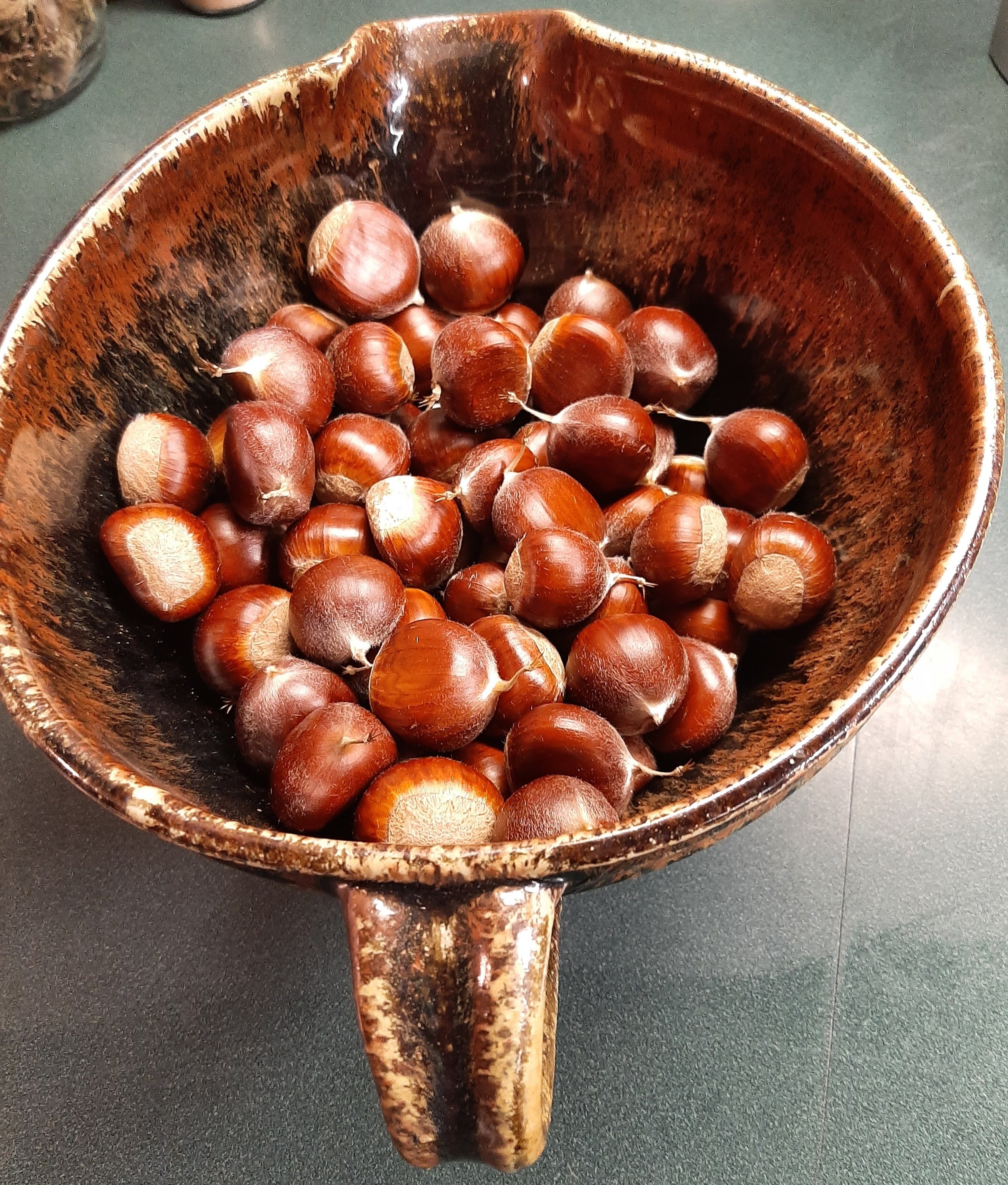Finding My Place #1: A Response to the Climate Crisis
Washington High School students & staff caring for the star magnolia in the school arboretum.
“Bioregionalism teaches us of emergence, interdependence, and the impossibility of absolute boundaries. As physical beings, we are literally open to the world, suffused every second with air from somewhere else; as social beings, we are equally determined by our contexts. If we can embrace that, then we can begin to appreciate our and others’ identities as the emergent and fluid wonder that they are.” – Jenny Odell, How To Do Nothing: Resisting the Attention Economy
In the early 1960s – I would’ve been eight or nine – the city of Stow, Ohio, installed storm sewers on our street. Six feet long and three feet in diameter, the concrete sewer sections sprawled in our front yards along the street for the better part of a summer, and all of us neighbor kids climbed atop and through them, honing our acrobatic skills. When the road crew buried the storm sewers and repaved the road, they installed a curbside sewer drain directly across from our driveway. I can’t tell you how many baseballs got away from us and were sucked down that drain, but we’d pry up the manhole cover and climb down to retrieve the balls.
This might involve chasing a ball that had begun to roll down the sewer’s slope. A few times, either on a dare or for the sake of adventure, I stayed down there and crawled through the 600 feet of storm sewer to the end of the block, blind in the subterranean pitch darkness until I reached the creek in Wetmore Park, a two-block-long greenspace bordering Kent Road (State Route 59) that influenced my expanding awareness of the natural world.
My grandsons Oscar & Linus hiking Mud Lick Creek in Roanoke, VA.
Going with the Flow
Perhaps I was eleven. This is what kids did in the summer. For my next-door neighbor Pat Flowers and me, the creek that ran through Wetmore Park at the bottom of the street we lived on became a splash pad and field lab. We learned its little pools and rocky cascades. We walked its grassy banks and splashed through its shallows. When there was a downpour, we’d race the half-block to watch the creek flex its muscles. It turned into a rushing torrent on which we raced makeshift rafts piloted by spiders.
One day we decided to follow the creek out of the park, through the culvert under Kent Road. We carried nothing with us, not even sandwiches or candy bars. The creek quickly took us out of town and into wilder places, where it grew more tangled, more complicated, as it widened. We waded in the water, gathering lumber scraps caught in branches along the banks of the creek, lashing together a raft the two of us drifted on, poling with the current. We followed the breadcrumbs of that creek until we felt far from home, on a great adventure, facing the demands of nature.
Back when we were kids, the river introduced us to a world that seemed unfamiliar and fascinating. Looking at a map now, I know we’d gone not much more than a mile. But there, we discovered, the creek fed into the Cuyahoga, a Mohawk word meaning “crooked river,” which five miles on would sweep over a series of falls and then a few miles farther would take a sharp right turn north.
Thus I began to learn about watersheds and my place in them. I lived in the Great Lakes Watershed. If I didn’t retrieve that baseball, it would roll into the Wetmore Park creek and follow a riverine trail that eventually meandered past the steel mills of Cleveland, which turned it into an industrial drainage ditch, and emptied into Lake Erie, where I swam every summer on our family vacations to Marblehead Peninsula. When a spark from a passing rail car set the river ablaze in 1969, I felt a communal responsibility for the pollution that caused it.
Here was the bioregion of my childhood. I became friends with the trees in our yard – the prickly seed pods of the sweet gums, the greenish yellow blooms of the tulip poplar, the sticky resin of the Eastern white pines, the sweet icicles dripping from the sugar maples’ broken branches. My friends and I knew when to raid the gardens and trees of the neighborhood for rhubarb, cherries, tomatoes, red raspberries, apples, pears, plums, chestnuts. Pat and I would walk or bike the five blocks to the eastern shore of Silver Lake, where we fished for perch, bluegill, and smallmouth bass. In winter I’d meet up with classmates to skate that frozen lake, a quarter mile wide and a mile long, out to the postage-stamp isle in the middle, where bonfires blazed at night to warm us.
Our one-third-acre yard was an adaptable playground. The site of many impromptu kickball and tetherball tournaments. My friends and I made one log cabin after another, using the long splintery rails left after a zigzagging split-rail fence marking our yard’s boundary had been dismantled. In our imaginations, the undeveloped lot behind our house became a patch of wilderness where we reenacted scenes from Davy Crockett, a Disney mini-series about the pioneer, congressman, and folk hero. I had my own coonskin cap. When I sang the catchy “Ballad of Davy Crockett,” I’d change the words: “Davy, Davy Crockett, king of his own backyard!”
Since 1975, I’ve lived in or near Iowa City, in the Upper Mississippi Watershed. I’ve resided in my present home since 1998. One of the two branches of Ralston Creek runs through my backyard, as it does through seemingly half the yards of Iowa City’s east side before emptying into the Iowa River near the U.S. Highway 6 bridge. Deer browse along the creek. A doe and her two fawns kept my garden’s hot pepper plants pruned all summer. An eight-point buck was seen heading upstream this morning; other days a red fox might scamper along that trace, bushy tail flat out behind him. The busywork of beavers – saplings gnawed down to their stumps – can often be spotted. Fat lumbering woodchucks used to lived under my garden shed; now our neighborhood’s two feral cats make their home there. A few years back, I sighted a mountain lion sunning himself in a backyard across the creek before he stole out of town. In winter, red-tailed hawks and bald eagles perch prominently in the top branches of bare trees. When I open my windows in spring, I welcome the nightly calls and caterwauls of the barred owls.
And I still love to forage. Serviceberry trees next to Mercy Hospital’s emergency room parking lot. Mulberry trees everywhere one turns. For a potluck this spring, I made a cheesecake topped with a sauce using tiny Nanking cherries harvested from a neighbor’s bush, as much pit as fruit but deliciously tart. I’ve foraged for black raspberries, blackberries, and gooseberries in Hickory Hill Park and the woods around the ACT campus. I now welcome the spread of wild raspberry canes around my compost bin, freezing two quarts of berries this summer. An apple tree in the First Avenue Walgreens parking lot yielded a tasty batch of apple butter. When the pawpaws hanging from a stand of trees along the creek in Court Hill Park ripened this fall, I shared that rare treat – the most tropical of Midwestern fruit, custardy with hints of mango and banana, sometimes called Quaker Delight.
Pawpaw tree in Court Hill Park, pawpaw fruit, chestnut harvest, monarch on a Mexican sunflower in my backyard.
September Foragers
I’ve been gathering chestnuts from four trees that occupy a quiet corner of the college campus. I scour the ground beneath the trees for the dark brown nuts. With a few gentle shakes of the limbs, I petition them to let go of their prizes. I cautiously pry open the spiky green husks that have yet to give up their clutch of two or three nuts. My only competition in this foraging of free food seems to be the deer. Have others never tasted the sweet, buttery goodness of chestnuts roasted over a fire?
My bag full, I hop on my bike and head home, stopping downtown to sip a latte in the late afternoon sun. Next to the cafe patio, a calamint filled with small pale purple flowers is being worshiped by a dozen honeybees. Burnished by the sun, these drunken bees buzz the plant, flitting from blossom to blossom, gathering nectar, distributing pollen. They are shot through with sunlight and streaked with a gold like that used to mend and emblazon cracks in pottery.
The rights of bees and the rights of flowers. The rights of chestnut trees and the rights of deer. The rights of all men and the rights of all women. The symbiotic dance that repairs us, that makes us whole, that makes us familiar rather than exceptional. This, perhaps, is what love can be.
Although I take comfort in the possibility of an Anthropocene epoch – that the extinction of humanity is imminent, and the planet will prosper from that loss – I also refuse to give up hope that we can address our climate crisis. Though it can be easy to read headlines and despair, Rebecca Solnit’s Not Too Late project offers many great ideas for taking individual action. Like most folks, I take small steps to shrink my carbon footprint: recycling and reusing, bicycling rather than driving, cloth instead of plastic. When an August 2020 derecho destroyed 65 percent of the tree canopy in Cedar Rapids, I began working with the Washington High School Green Team to plant and care for a 29-tree arboretum on campus.
This year I got to work with some great people and organizations – co-teaching the class Creating in Nature at Scattergood Friends School and Farm, co-leading the workshop retreat Writing from Nature: Practices in Ecopoetics and Slow Seeing at Prairiewoods Franciscan Spirituality Center, fostering a crate of pawpaw seedlings for Bur Oak Land Trust. All these local organizations do important work to model sustainable practices and ways of living in respectful communion with nature.
Through all this, I can trace a line of inspiration back to that creek of my childhood, and the joy of exploring it, that has helped me find my place in the natural world.






